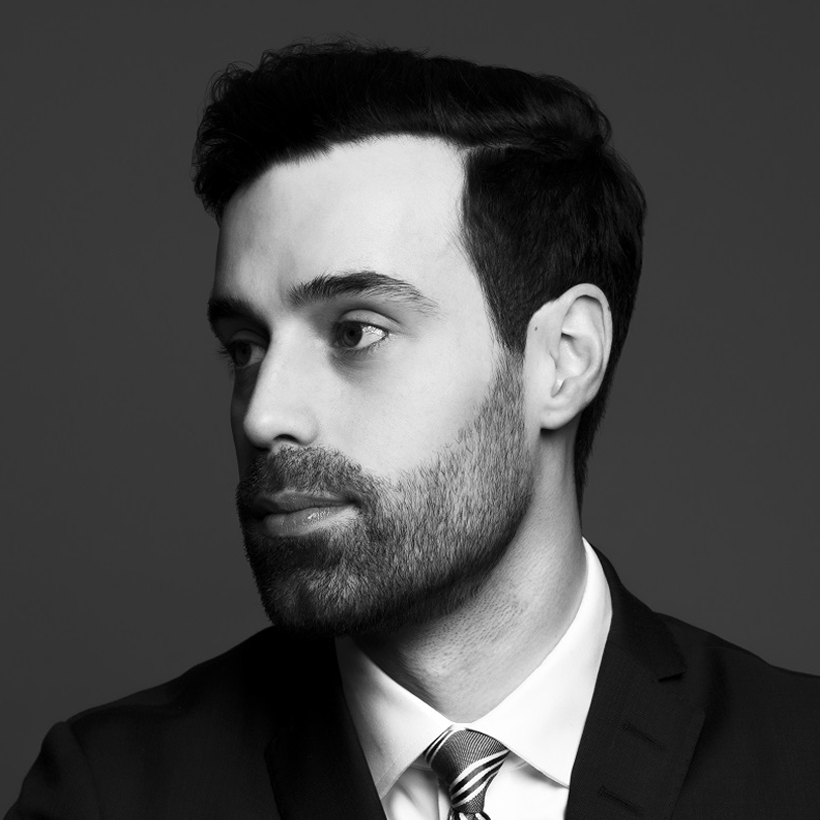AI Artistry on Trial: Can Machines Hold Copyright?
The intersection of artificial intelligence and intellectual property law is once again in the spotlight with the latest legal proceeding, Samuelson-Glushko Canadian Internet Policy and Public Interest Clinic v Ankit Sahni.
Ankit Sahni, is an intellectual property lawyer based in New Delhi, India. Sahni, using his AI-powered Painting App (“RAGHAV AI App”) created an image titled "Suryast" by transforming a photograph he took with the distinctive style of Vincent van Gogh's famous painting, "The Starry Night."
The Indian copyright office recognized Sahni and the RAGHAV AI App as co-authors of a copyright-protected artistic work. Shortly thereafter, Sahni secured copyright registration for "Suryast" in Canada, again listing both himself and the RAGHAV AI App as authors.
This registration immediately sparked a legal debate about the nature of authorship and originality in AI-generated works. As first noted in our earlier comment on this topic – considering Who or What Can Be an Author or Inventor in Canada – the Canadian Copyright Act provides that the author is the first owner of copyright but does not define the term author. Traditionally, an author was understood, in Canada, to be a natural person (i.e., a human) who created the original work (i.e., exercised the requisite skill and judgment). However, the recognition of AI as a co-author raises interesting questions of how AI could exercise these legal rights and is a significant first step that might open the door to AI being granted status as a sole author. Some are concerned by this development.
The Canadian Internet Policy and Public Interest Clinic ("CIPPIC"), a Canadian public interest technology law clinic, recently launched a challenge to this Canadian copyright registration in the Federal Court based on:
- Lack of Originality: CIPPIC argues that "Suryast" does not meet the originality requirement for copyright protection under Canadian law. The clinic asserts that the image, being a product of an algorithmic process that combines pre-existing elements, lacks the creative input necessary for copyright eligibility.
- AI as an Author: Alternatively, CIPPIC contends that an AI system cannot be considered an author under Canadian law. The clinic points out that copyright law traditionally recognizes only human authorship. By listing the RAGHAV AI App as a co-author, Sahni’s registration potentially sets a precedent that conflicts with established legal principles.
Although it is unclear from the court docket whether Sahni (or some other interested party) will resist this challenge that was commenced less than 10 days ago (July 8, 2024), CIPPIC claims to have made efforts to persuade both the Canadian Intellectual Property Office and Sahni to amend the copyright register by removing the AI system as a co-author before commencing. However, they claim these attempts have been unsuccessful, leading to the current legal challenge under section 57(4) of the Copyright Act (i.e., the provisions related to rectification of the copyright register by the Court).
If it does proceed, this case raises significant questions about the future of copyright law in the age of AI, including:
- Assessing Originality: How does AI-generated work fit within the legal tests for originality under copyright law?
- Authorship and AI: Can an AI system be recognized as an author, or should copyright protection be limited to human creators?
- Policy and Precedent: What impact will this case have on copyright policy and the treatment of AI-generated content in Canada and beyond?
Of interest to innovators, patentees and patent practitioners, this proceeding may also shed light on the Canadian Intellectual Property Office’s ostensibly inconsistent approach to AI-created inventions. As noted in our past comment, much like the Copyright Act does not define author, the Canadian Patent Act does not define inventor. Historically, however, an inventor was recognized as a person whose conception gives rise to the invention and sets that conception into a definite and practical shape. Notwithstanding the possibility that AI could notionally contribute to an invention (or autonomously generate a potential invention), the Office refused to recognize an AI as an inventor because, inter alia, “it does not appear possible for a machine to have rights under Canadian law or to transfer those rights to a human” as required by subsection 27(2) of the Patent Act and section 54 of the Patent Rules. Arguably, this reasoning could also apply to bar AI authorship under the Copyright Act, yet the Office has reached the opposite conclusion.
This divergence may be explained by the presence of a human co-author in the case of “Suryast”. In fact, the Office has suggested that a human legal representative for an AI inventor might address their concerns. While this might offer a practical solution, it raises the question: is this distinction form over substance?
While the Court could still avoid many of these questions (e.g., finding that CIPPIC does not have the requisite standing under section 57(4) or that this matter can be resolved on the basis of lack of originality, without weighing in on AI authorship), this proceeding squarely puts many interesting issues in play before the courts. As this proceeding unfolds, it will likely contribute to the ongoing discourse on the role of AI in creative industries and the legal frameworks governing intellectual property. The outcome could have wide ranging consequences for artists, technologists, and legal professionals navigating the complexities of AI and copyright.
Stay tuned as we continue to monitor and analyze developments in this important case.


